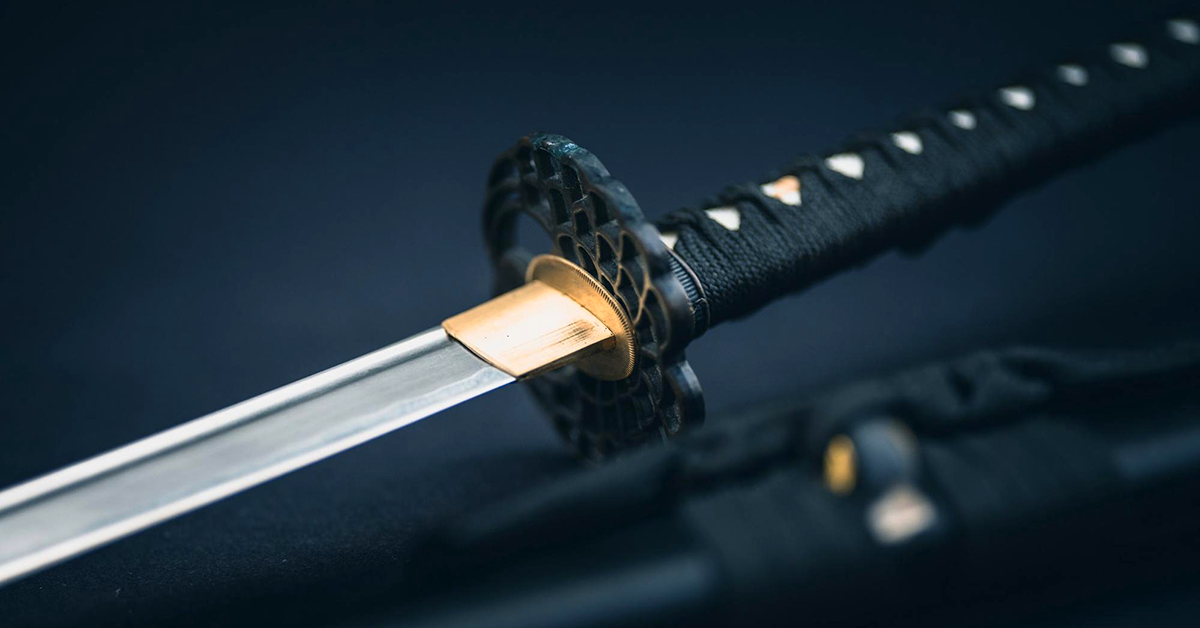The katana, a symbol of Japanese craftsmanship and martial prowess, carries with it a legacy of swordsmithing excellence that transcends mere metallurgy. Its intricate mastery is deeply rooted in centuries of tradition, blending artistry with functionality in a harmonious dance of form and function. Crafted with meticulous precision, the katana embodies the soul of the samurai, reflecting the spirit of Bushido – the way of the warrior. The process of forging a katana is a sacred ritual, often shrouded in mystique. Swordsmiths, revered as modern-day alchemists, carefully select the finest steel, typically a combination of high-carbon and low-carbon varieties, to achieve the perfect balance of strength and flexibility. The folding of the steel, a laborious and time-consuming task, not only purifies the metal but also creates a distinctive grain pattern known as hamon, which adds an aesthetic dimension to the blade.

The blade is first forged, then shaped and tapered to create the characteristic curve that defines the katana’s silhouette. The quenching process, wherein the hot blade is rapidly cooled, plays a crucial role in enhancing its hardness. Subsequent tempering strikes the delicate equilibrium between hardness and resilience, ensuring that the katana can endure the rigors of combat while maintaining a razor-sharp edge. The hilt, or tsuka, is meticulously wrapped with silk or leather, not just for comfort but as a testament to the artisan’s commitment to detail. The intricate guard, or tsuba, often features elaborate designs, ranging from minimalist floral motifs to intricate scenes from nature or mythology. However, the true essence of a katana lies beyond its physical construction; it extends to the spiritual connection between the sword and its wielder. The katana is considered a living entity, an extension of the samurai’s soul.
The swordsmith infuses his spirit into the blade during the crafting process, creating a bond that transcends the material realm. The katana is not merely a weapon; it is a companion, a confidant, and a symbol of honor. In the hands of a skilled swordsman, the katana becomes an instrument of sublime grace and deadly precision. The legacy of the katana endures not only in museums and private collections but also on the modern battlefield of martial arts. Practitioners of Iaido and Kenjutsu, traditional Japanese sword arts, continue to honor the katana’s legacy, mastering its use as a means of self-discipline and self-discovery. The intricate mastery of the katana creation, coupled with the indomitable spirit it embodies, ensures that this iconic sword will forever hold a revered place in the annals of swordsmanship and Japanese cultural heritage. The crafting of a katana involves a multi-stage process, each step demanding the utmost skill and dedication.